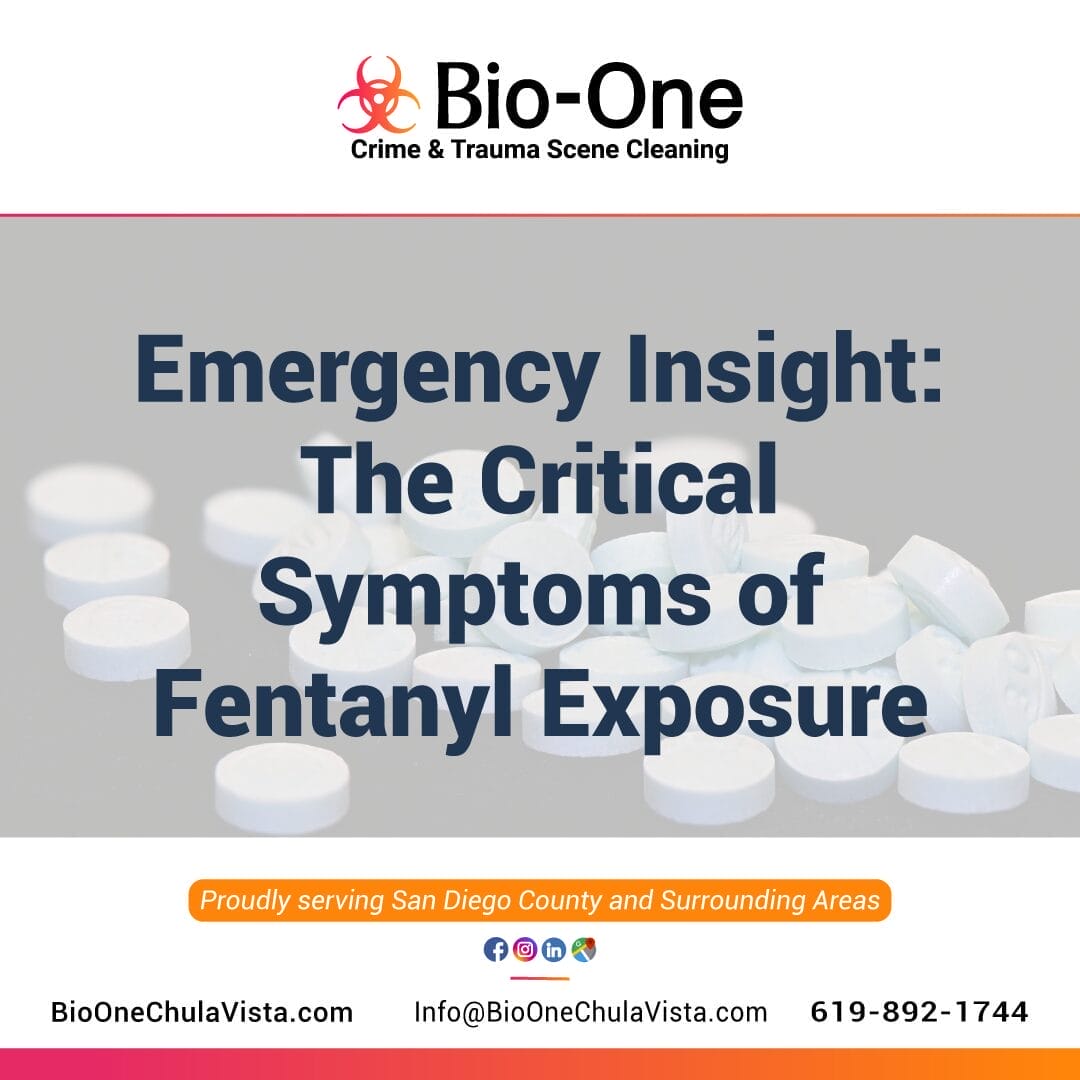
For families, emergency responders, and anyone who may find themselves in the vicinity of this potentially fatal substance, recognizing fentanyl exposure symptoms can be a matter of life and death.
Understanding the nuances of fentanyl is perhaps the first layer of defense in a concerning landscape. From there, we will venture into the symptoms of exposure, both physical and behavioral, which can serve as beacons signaling danger. We'll then provide insight into swift and decisive immediate actions to take!
Disclaimer: Please understand that fentanyl is an extraordinarily potent and dangerous substance. Direct contact with or exposure to even minute amounts can result in severe health complications or death. If you suspect you have encountered fentanyl, distance yourself immediately and seek professional assistance.
Fentanyl, a synthetic opioid, is 50 to 100 times more potent than morphine. It's a prescription drug but is also made and used illegally. Fentanyl is prescribed to manage severe pain, typically for advanced cancer pain. It's often administered via injection, transdermal patch, or in lozenge form. However, the potency that makes it an effective painkiller also renders it extremely dangerous in unwarranted doses or encounters.
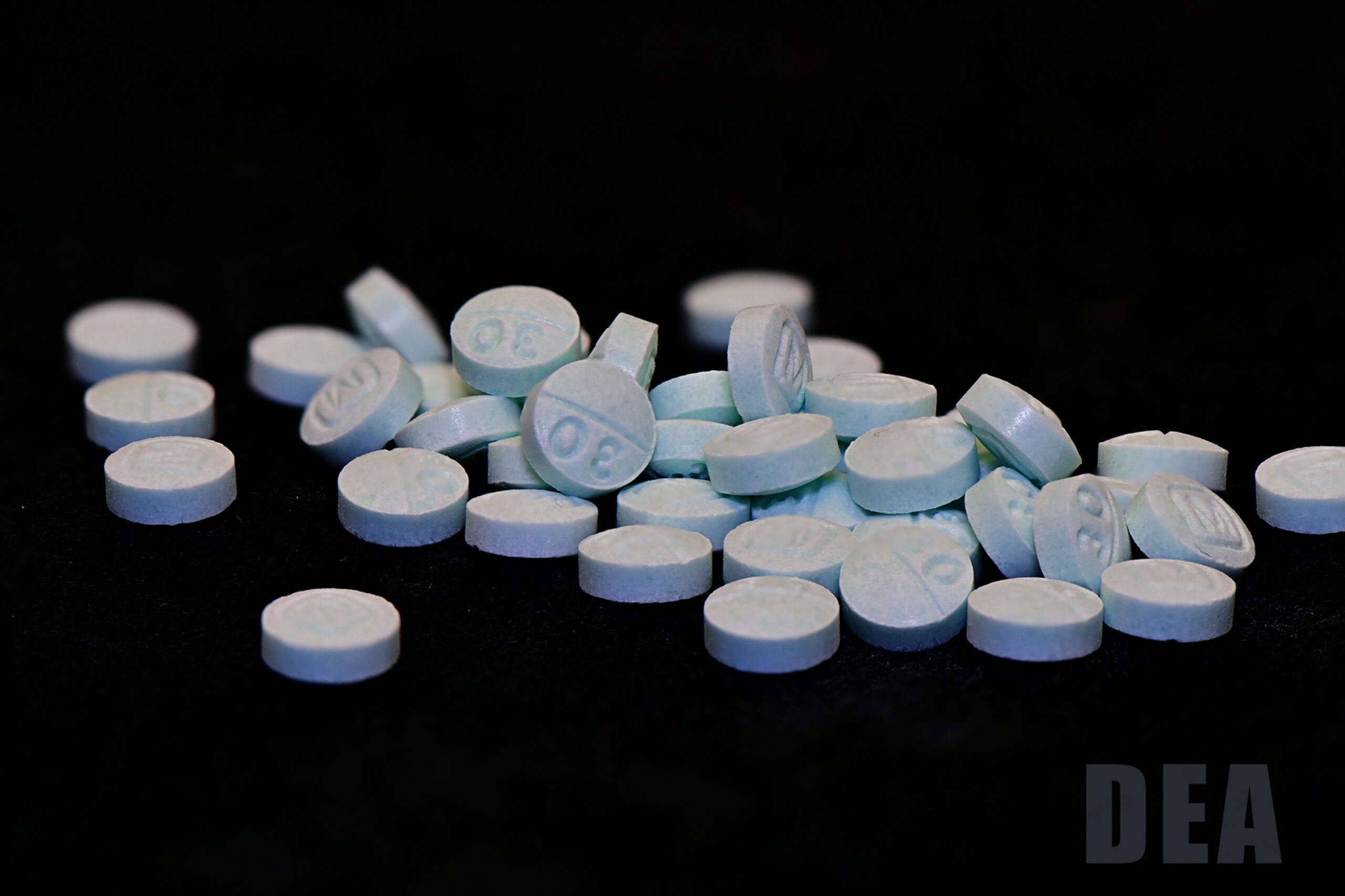
People can inhale, absorb through the skin, or inadvertently ingest fentanyl. This may occur when someone accidentally leaves fentanyl on surfaces or comes into contact with the drugs, whether knowingly or unknowingly. Exposure isn't always the result of criminal intent; it can occur in homes where someone uses fentanyl legally, or kids find it on the ground in the neighborhood.
When someone is exposed to fentanyl, whether through inhalation, skin contact, or ingestion, the onset of symptoms can be swift. These may include:
These manifestations are telltale signs of a potentially fatal event unfolding and should not be ignored or attributed to anything less than a critical emergency.

The behavioral changes associated with fentanyl exposure symptoms can be equally alarming, as they signal a departure from normal cognitive and physical function. Look out for individuals who are:
If possible, remove an individual displaying any of these symptoms from the environment for their safety and the safety of others.
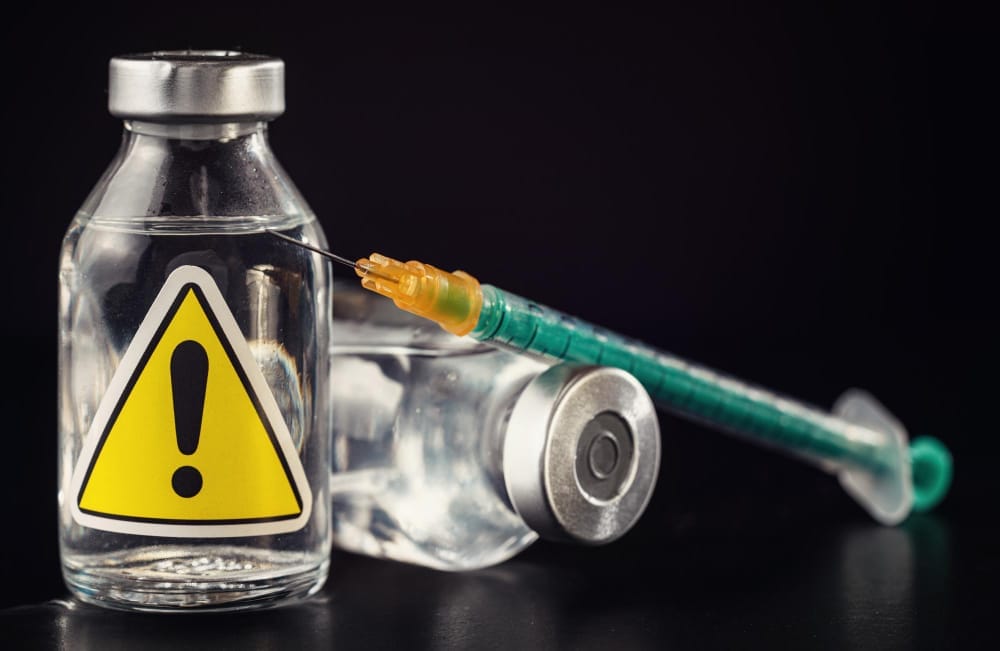
Swift and decisive actions upon suspecting fentanyl exposure can be the difference between life and death. Here's what to do:
For first responders, the use of personal protective equipment (PPE) is critical when approaching a scene where fentanyl exposure is suspected.
When suspecting fentanyl exposure in a non-professional setting, responding immediately is just as crucial:

In the unfortunate event where fentanyl exposure has occurred, or where the risk is present, Bio-One of Chula Vista can help. We specialize in fentanyl remediation services, ensuring that post-exposure environments are thoroughly and safely restored. With a combination of knowledge, rapid response, and trusted professional services, Bio-One Chula Vista is committed to making your environment safe again!

Methamphetamine, or meth, has long been a scourge on public health and safety, not just for its devastating addictive qualities but also for the toxic environments it often leaves behind. The remnants of a former meth lab can lurk unseen in walls, carpets, and ventilation systems, posing serious health risks to anyone living or working in that space. But how do you know if a property is contaminated, and what should be done if it is?
This blog post aims to provide detailed guidance on addressing this critical issue, from identifying contamination to the legalities of cleanup and the crucial health risks associated with exposure. If you're a homeowner, property manager, or even law enforcement personnel, this is essential reading to keep your spaces safe and compliant.
The first step in tackling meth lab contamination is recognizing the warning signs. Here’s what homeowners and property managers should look out for.
Manufacturers can establish meth labs in homes, apartments, hotel rooms, and other unexpected locations. Signs of a former meth lab might suggest its presence:
If you notice any of these red flags in a property, it warrants an immediate investigation.
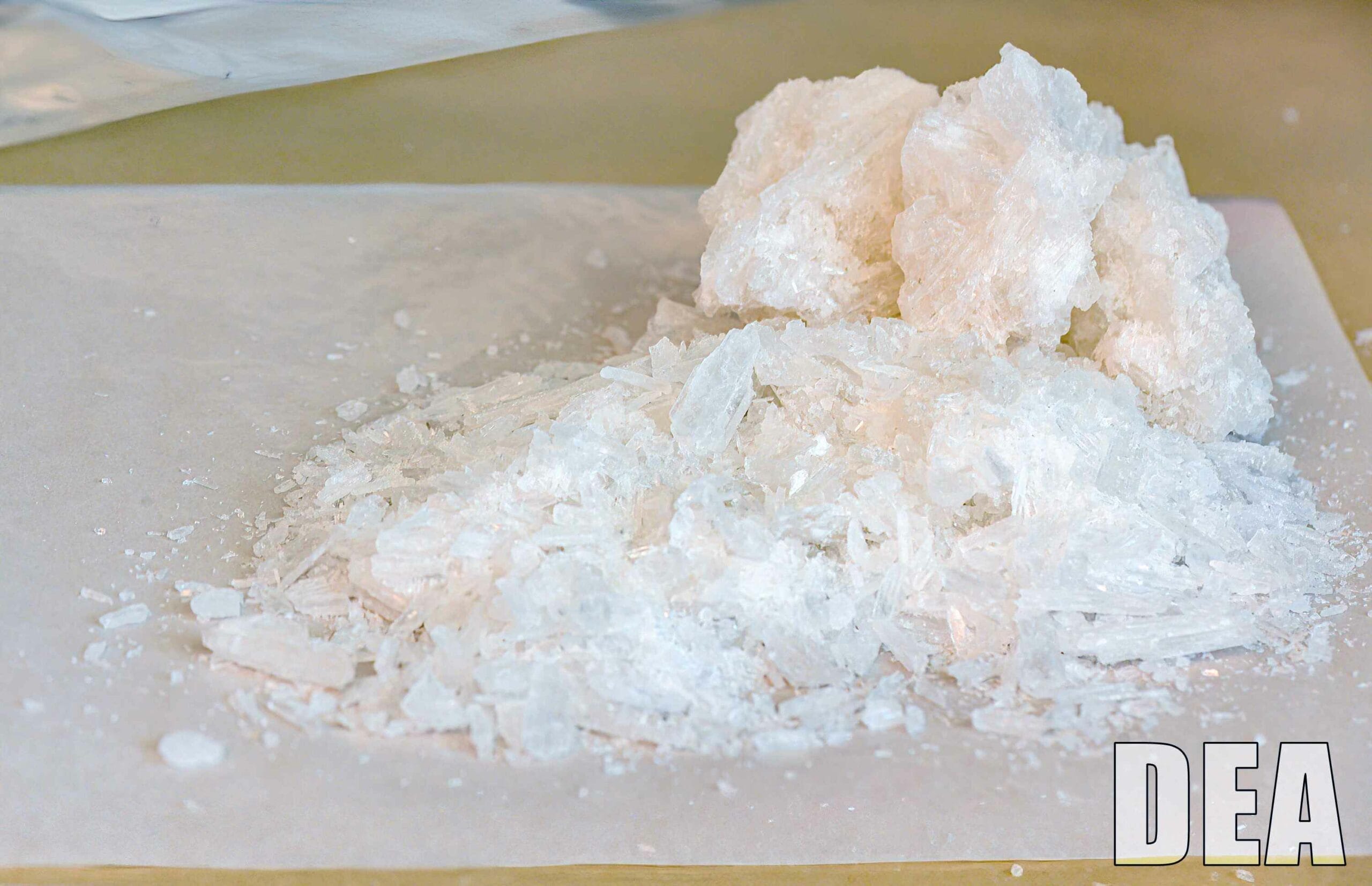
Once suspicion arises, one can perform tests to confirm the presence of methamphetamine residue. Methods for these tests include professional swab sampling and post-cleanup retesting.
Professional swab sampling is the gold standard for meth residue testing. It involves collecting samples of surfaces within the property, analyzing them in a lab, and then calculating the levels of contamination. For those who want to take a preliminary step themselves, there are DIY test kits available, but these might not provide the level of accuracy and detail needed to make informed decisions regarding cleanup efforts.
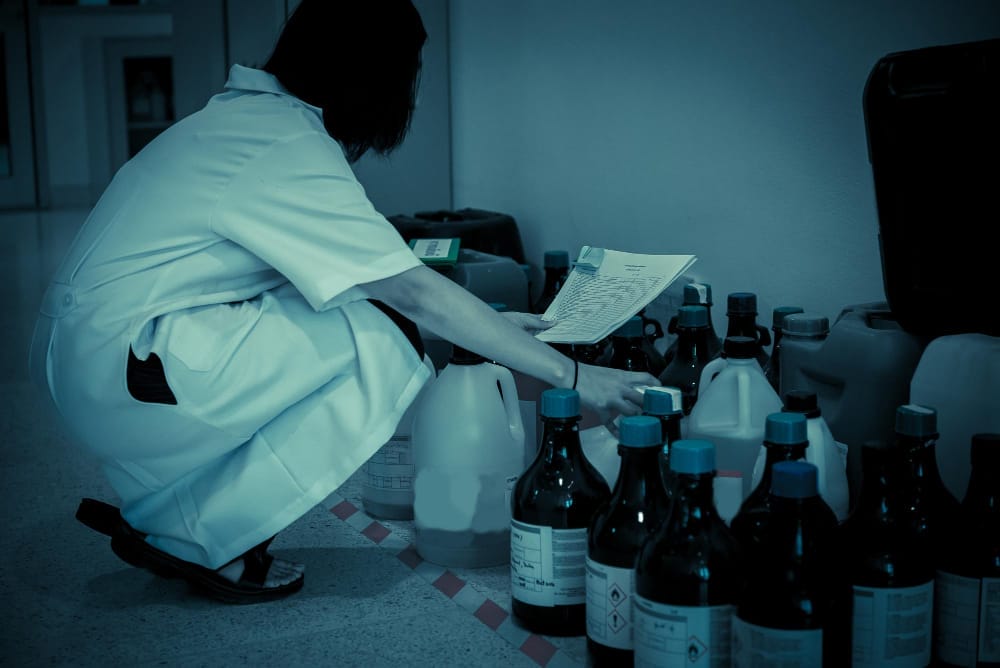
The legal landscape surrounding meth lab cleanup is complex and varies from state to state. Understanding the regulations and guidelines is vital for homeowners and property managers to stay compliant.
State and federal environmental agencies have set regulations and guidelines to standardize the cleanup process. These include acceptable contamination levels, proper disposal of hazardous waste, and decontamination methods.
Learn more about the legal considerations of cleaning up a former meth lab: County of San Diego: Meth Contaminated Property
In many states, specific laws require sellers to disclose whether they have used a property as a meth lab. Failing to disclose this information can lead to severe legal consequences, especially if contamination harms the health of new occupants. Property sellers should be familiar with the disclosure requirements in their area and make every effort to obtain and share any relevant information with potential buyers.

REALTORS: Hazards & Disclosures: Meth Labs
Exposure to methamphetamine residue can cause a range of health issues, from skin and eye irritation to respiratory problems, and over time, more serious long-term effects, including damage to the central nervous system.
Professional remediation actively ensures the safety and well-being of occupants, providing a safe living or working environment when confirming contamination.
The remediation process typically involves the following steps:
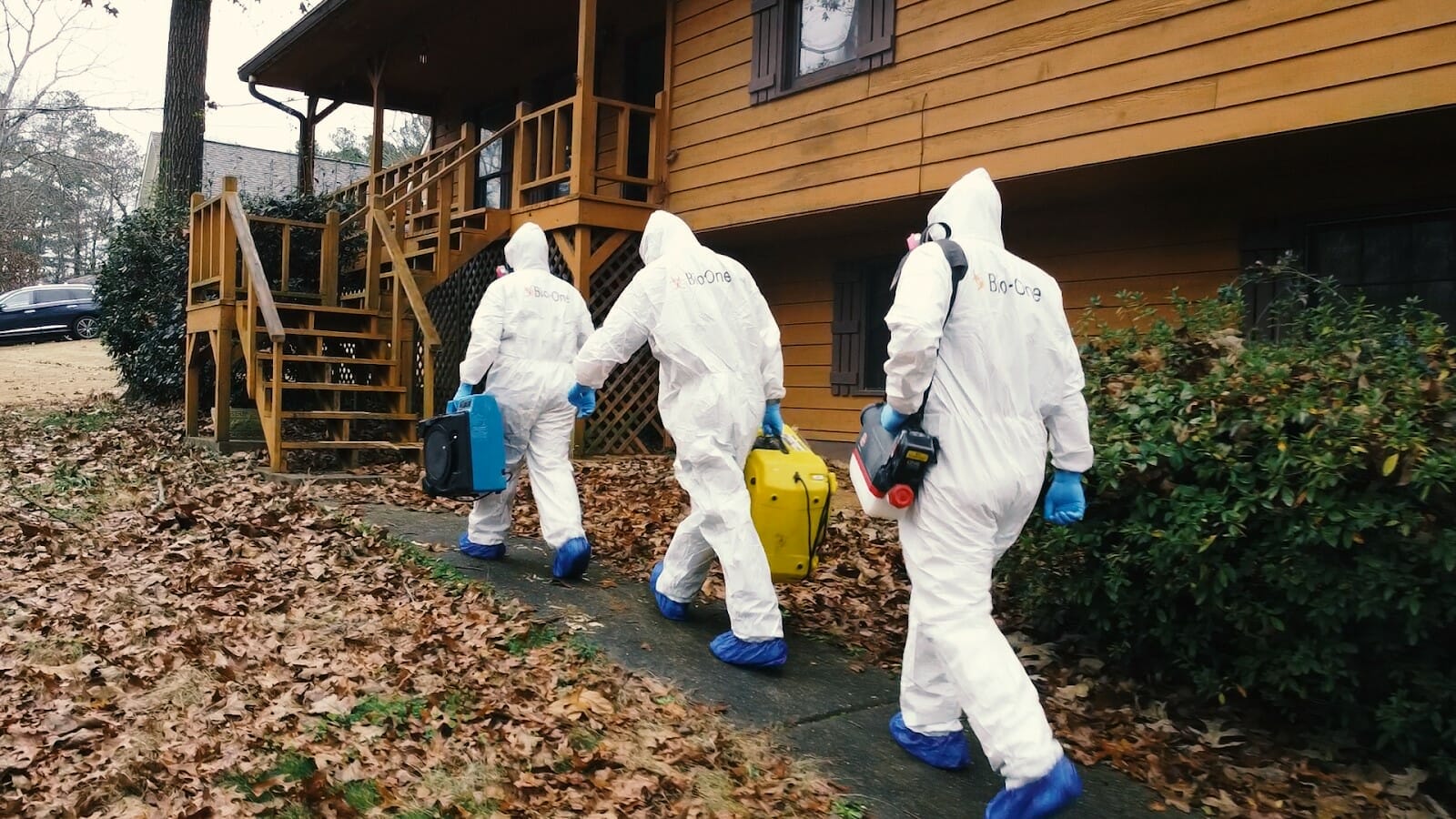
For those who need assistance with cleaning up a former meth lab, Bio-One of Chula Vista is a trusted provider of hazardous waste cleanup services. Our team has the expertise and experience to handle the most challenging cleanup jobs with compassion, discretion, and professionalism. Safety should always come first in these scenarios, and Bio-One of Chula Vista is ready to assist with every step.